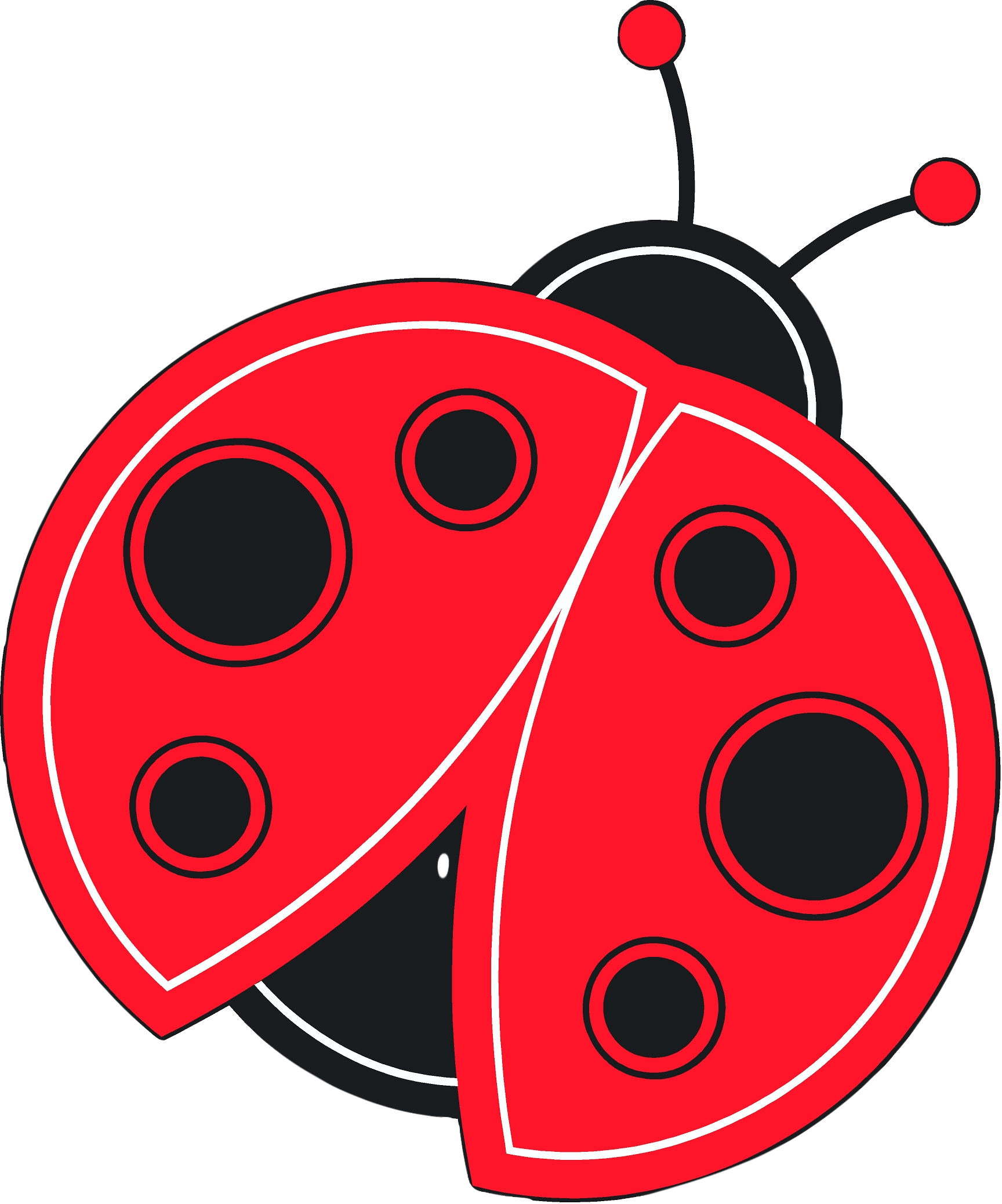My Elm Tree Looks Black and Sooty
- ladybugarborists
- Feb 22, 2014
- 2 min read
Maureen Sexsmith-West
ISA Certified Aborist, PR4600A
We have been busy getting our elm tree pruning completed before the ban is in place at the end of March.
I have been noticing that Lethbridge is starting to see the real effects of European Elm Scale which is ordinarily a secondary pest on ornamental and fruit trees. Left unaddressed, this pest can cause significant stress to your tree which will reduce life expectancy or potentially kill it. Scales undergo several changes during their life cycle – each causing damage. They feed by piercing either the leaves or bark.
WHAT TO WATCH FOR
Detecting damage early helps keep populations from multiplying. In many cases, the symptoms are not noticed until they are quite advanced making control more challenging. Be observant and don’t wait to take action.
If you noticed some of these last year, have your tree inspected as soon as possible. These include some or all of the following:
1. Leaves turning yellow and dropping early.
2. You may also notice a increasing number of smaller dead twigs.
3. Similar to aphids, elm scales cause the tree to appear to be ‘dripping‘. This is the honeydew (a polite term for poop) that results as the pest digests the sap and then excretes it.
4. A secondary problem that often accompanies this pest is SOOTY MOLD. It is a type of plant mold that thrives and grows in honeydew. As the name implies, the mold takes on a sooty, black appearance. On it’s own it is not harmful – merely opportunistic. It is however, an indication of serious problem – the insect the produces the honeydew.
There are key times when control of this pest is possible. For many, the use of ‘biological’ controls are preferred. In Canada, there are few pest control options for this pest.

Selecting an authorized applicator (who is also a Certified Arborist) increases your chances for control when the applicator also understands the pest life cycle and the tree it affects.
Have our Certified Arborists inspect your Elm tree for free (403 634-3062).
We will examine your tree and discuss a program that could combine pruning, changes to your cultural practices and seasonal watering as well as a pest management program that addresses the pest during the various life cycles.
Elm pruning in Alberta is restricted between October 1 and March 31 so be sure to contact a local Certified Arborist allowing plenty of time for work to be completed around our unpredictable winter weather.
DEALING WITH THE DEW: Cleaning off honeydew can be accomplished using a mild detergent and warm water. The sooner you rinse surfaces such as your car, patio furniture or decorations, the less likely you will have sooty mold begin to grow. On plastic surfaces such as your lawn furniture, you may also consider mixing 2 Tbsp vinegar in 1 gallon of warm water and give it a good scrub. Check a small area first to ensure it won’t damage painted surfaces.




